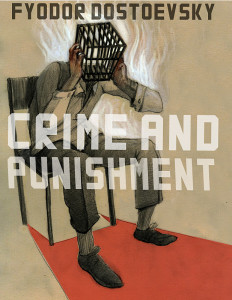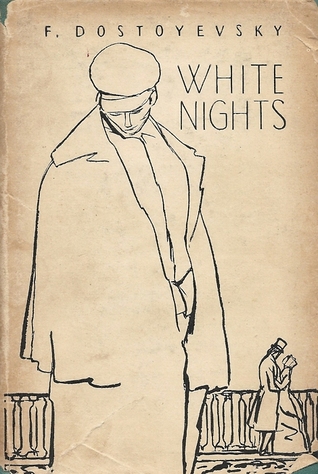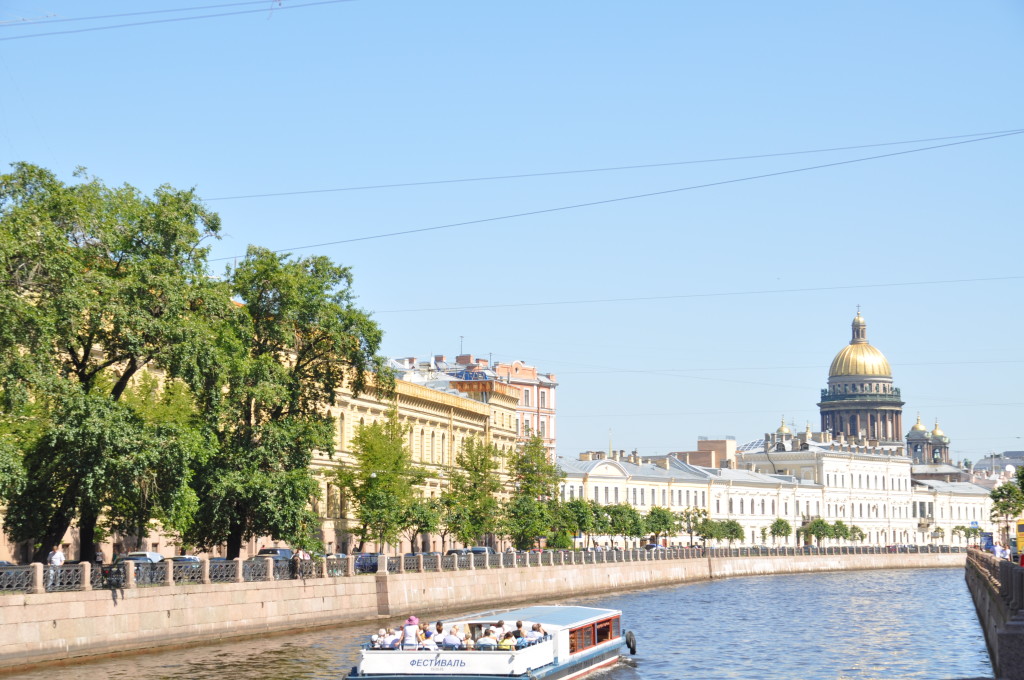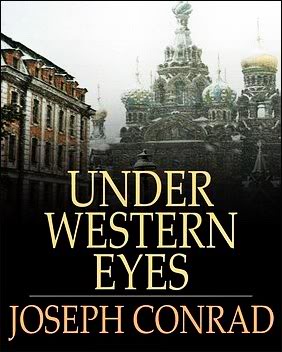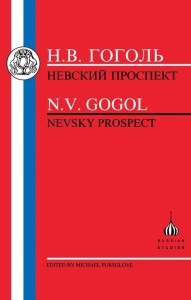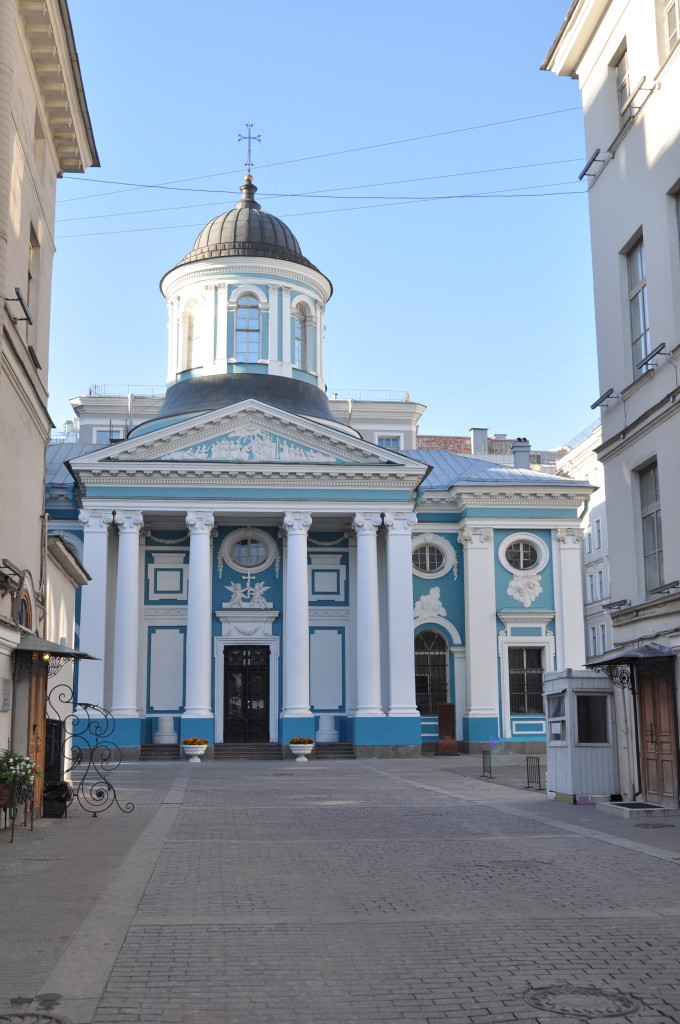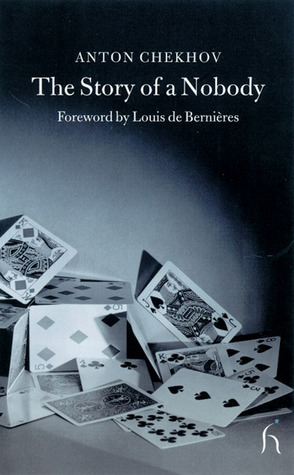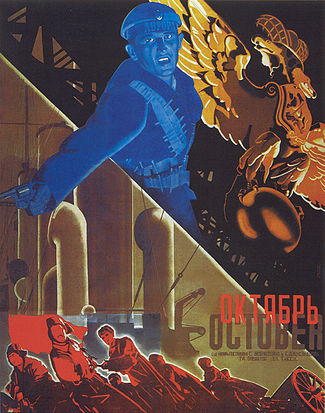Muriel is planning a trip to Saint-Petersburg and she is asking for some reading suggestions. Fyodor Dostoyevsky’s “Crime and Punishment” is one of Russian and world’s literature’s masterpieces. It is set almost exclusively in the city, but far from the imperial and aristocratic palaces. The reader discovers a universe of back alleys, dilapidated apartments and drinking holes, a universe in which Dostoyevsky himself lived. It is there that Raskolnikov kills a money lender and her sister, almost without motives and out of idleness. He initially believes he committed a perfect crime. But devastated by guilt, touched by his love for Sonia, a young prostitute, and shattered by fever, he ends up confessing his crime and will end up in a penitential colony in Siberia to face his punishment. Nowadays, visitors can follow Raskolnikov’s footsteps in Saint-Petersburg and the Dostoyevsky Museum has a current exhibition celebrating the 150th anniversary of the novel’s publication.
« White Nights » is a shorter book, a novella, by Dostoyevsky. I read it before visiting the city in late June, early July during these few days when there is no sunset in Saint-Petersburg, when people are walking out of the restaurant and cafés around 3 or 4am on Nevsky Prospekt. It is the story of an idle young man wandering along the canals during the white nights. On a bridge, he sees a young girl crying. He doesn’t dare approaching her until he finally intervenes when a drunkard harasses her. He brings Nastenska to her home and she begins to tell him her story…
The two masterpieces by Leo Tolstoy, « War and Peace » and « Anna Karenina” include many chapters set in Saint-Petersburg even though the entire story is not confined in the city. In both novels, it is the imperial capital with its palaces, its high society and its dancing balls that serves as background, but passion, freedom when confronted with fate and history’s winds are driving the action. These two long books have often adapted for the screen, namely with Audrey Hepburn and Henry Fonda as Natacha and Pierre in «War and Peace » and more recently Keira Knightley and Jude Law in “Anna Karenina“.
Joseph Conrad’s novel « Under Western Eyes » takes place both in Saint-Petersburg and in Geneva. Razumov is a student at Saint-Petersburg University and he ends up involved against his will in a terrorist attack against the tsarist regime: he has helped Haldin, another student who killed a Minister of State, to escape. However, he finally decides to denounce him to the police. Haldin is arrested and executed on the same day. We then find Razumov in Geneva, where among the large Russian community, he gets to meet Haldin’s mother and sister.
Nevsky Prospekt is the main and most prestigious avenue in Saint-Petersburg. It is also a short story by Nikolaï Gogol: two friends, one painter and one lieutenant see two charming girls on the promenade. One appears to be a symbol of virgin purity, while the other one is a teaser. Each of the men starts to follow the one they fancy to their home. Both will end up very surprised. And the story ends tragically for one and in a humiliating farce for the other one.
Most of Chekhov’s work, plays and shorts stories, takes place in the Russian countryside. However, “The Story of a Nobody” is set in Saint-Petersburg. A young socialist arranges to be hired as a domestic by the son of an important tsarist politician that they want to eliminate. The pretend valet watches how Orlov junior, a cynical bureaucrat, despises his lover who is expecting a child from him and came to live in his house. The domestic provokes their breaking-up by telling her everything and he escapes with her in Italy and France. She dies while giving birth and the former terrorist, pretend valet is left to care for Sonia, the baby.
All the books I mentioned so far have been written before the 1917 Russian Revolution and the arrival of the soviet regime. Sergei Eisenstein’s movie “October – Ten Days that Shook the World” tells the story of this revolution in Saint-Petersburg streets. It is a silent movie from 1927 on a music by Shostakovich. One can see this movie as an example of soviet propaganda, which it certainly is, even if Eisenstein was criticized for having indulged in his artistic instincts. Everyone is free to think what they want of the communist regime that followed the October Revolution. But two things are sure: Eisenstein was a great film director and those ten days indeed shook the world for almost a century.





